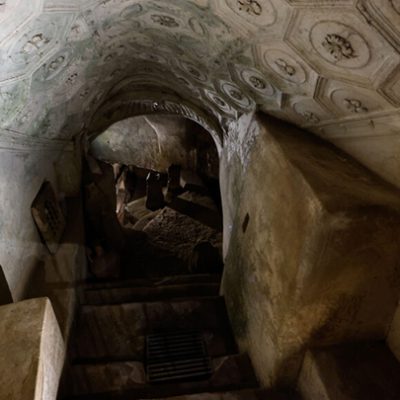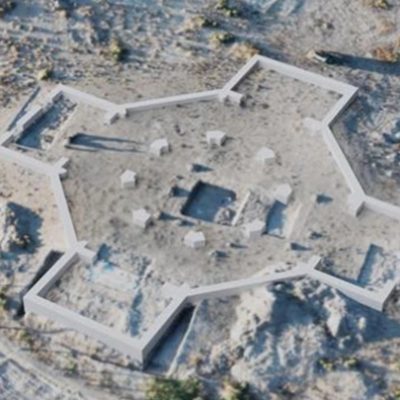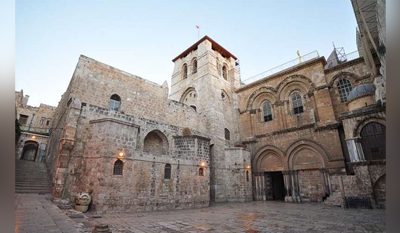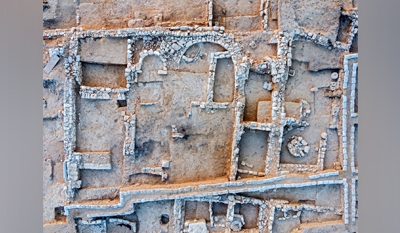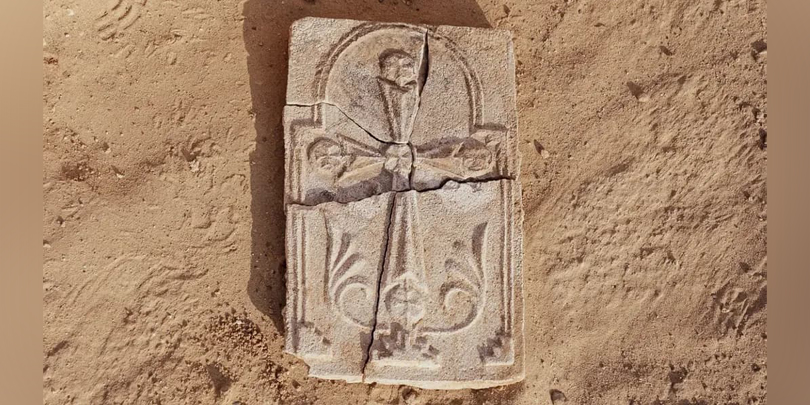
Archaeologists working on a small island in the Persian Gulf have discovered an artifact attesting to a Christian monastic presence on the island some 1400 years ago. Source: Crux.
The site is located on Sir Bani Yas, an island some 177 kilometres southwest of Abu Dhabi, the capital of the United Arab Emirates, and has been known to archaeologists since 1992.
The evidence discovered is a plaster cross moulded onto a plaque about 27 centimetres long, 17cm wide, and a little less than 2.5cms thick.
The artifact is decorated with symbols suggesting the community that lived there belonged to the Church of the East (which began to split when the Church refused the condemnation of Nestorian heresy at the Council of Ephesus in 431 and did not recognise the Council of Chalcedon in 451).
It was found at a site believed to date to seventh and eighth century, first excavated in the early 1990s. The site contains buildings archaeologists have identified as a church and monastic living quarters.
At the time the monastery flourished, it was part of a network stretching across the area of modern-day Gulf states, including Kuwait, Iran, and Saudi Arabia.
Maria Magdalena Gajewska, an archaeologist working with the Abu Dhabi Department of Culture and Tourism, said the artifact was discovered as part of the first major excavations since the site was identified.
“The site, the monastery, also included the first houses – there are about nine of them, to the north and northwest of the main church,” Ms Grajewska said in a video produced by the Abu Dhabi Media Office to publicise the find.
“We currently believe that this is where more senior monks lived and had periods of seclusion, practiced prayer, and mental and spiritual discipline, before reconvening with their brothers at the monastery,” Ms Grajewska said.
“This is a very exciting time for us,” she said, “because in the past, we have always assumed that these houses were part of a dispersed monastic settlement, but we never had concrete proof that they were actually inhabited by Christians.”
The discovery of the plaster plaque with the moulded cross in one of the houses is therefore a significant find.
FULL STORY
Archaeological find confirms 7th century Christian presence on UAE island (Crux)



